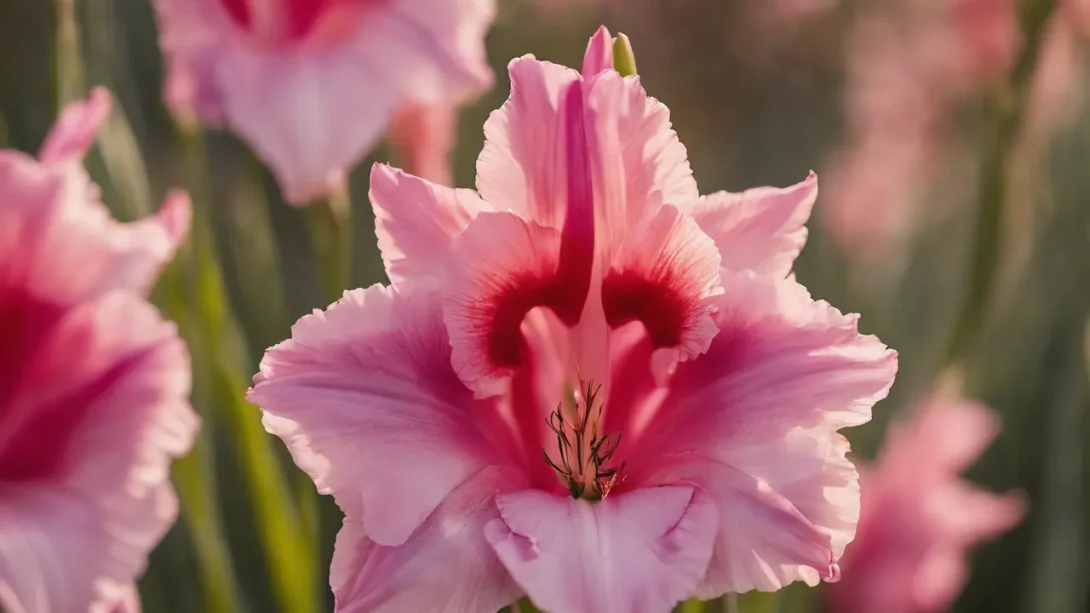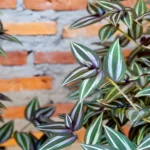Gladiolus (Gladiolus spp.), with their striking, tall spikes of flowers, are a favorite among gardeners for adding dramatic color and height to garden beds and floral arrangements. However, for dog owners, the allure of these beautiful plants comes with a significant concern: are gladiolus plants safe around pets, particularly dogs? This question is critical as ensuring the safety of our furry family members is just as important as cultivating a stunning garden. This article aims to explore the safety of gladiolus plants in environments shared with dogs, shedding light on their toxicity and providing guidance for pet owners.
Gladiolus Toxicity
Gladiolus plants are, indeed, toxic to dogs. The beauty of these flowers hides a potential danger to our canine companions, primarily due to the toxic compounds they contain. The ASPCA and other animal welfare organizations categorize gladiolus as toxic to pets, including dogs, cats, and horses. The bulb of the gladiolus plant is particularly dangerous as it contains the highest concentration of these toxic compounds, which can lead to a range of health issues if ingested by dogs.
The toxic principle in gladiolus has been identified as potentially causing a variety of symptoms in pets that ingest parts of the plant, especially the more toxic bulbs. It is crucial for pet owners to recognize the potential danger gladiolus plants pose and take appropriate measures to prevent their pets from coming into contact with them.
Identifying Gladiolus Plants
Being able to identify gladiolus plants is the first step in preventing accidental ingestion by dogs. Gladiolus are characterized by their tall flower spikes, which can grow up to 6 feet tall, and their large, colorful blooms that range from pink, red, and orange to white, yellow, and purple. They typically bloom in the late summer. The leaves are sword-shaped, adding to the plant’s distinctive appearance.
Gladiolus bulbs, which are planted in the spring, are the part of the plant most toxic to dogs. These bulbs are often found at or just below the soil surface. Knowing these characteristics can help dog owners identify gladiolus plants in their garden or when visiting parks and gardens, aiding in the prevention of accidental ingestion by curious pets.
Symptoms of Gladiolus Ingestion in Dogs
When a dog ingests part of a Gladiolus plant, particularly the bulb, the toxic compounds can cause a range of symptoms that vary in severity depending on the amount consumed. Owners should be vigilant for signs of poisoning, which can include:
- Vomiting
- Diarrhea
- Drooling
- Lethargy
- Abdominal pain
In severe cases, ingestion can lead to more serious symptoms, such as an irregular heartbeat or convulsions, signaling an urgent need for veterinary attention. The onset of symptoms can occur within a few hours of ingestion, making it critical for pet owners to monitor their dogs closely if there is any suspicion of consumption.
Immediate Actions and Treatment
If you suspect your dog has ingested Gladiolus, it’s important to act quickly. The first step is to remove any plant material from your dog’s mouth, if safely possible, and then contact your veterinarian or an emergency pet poison helpline immediately. Providing details about the amount ingested and the symptoms observed can help professionals assess the situation more accurately.
Do not induce vomiting unless explicitly instructed by a professional, as this can sometimes cause more harm than good. Your veterinarian may recommend bringing your dog in for examination and treatment, which could include administering activated charcoal to absorb toxins, IV fluids to prevent dehydration, and medications to alleviate symptoms like vomiting and diarrhea.
The prognosis for dogs that receive prompt treatment after ingesting Gladiolus is generally good, especially if the amount consumed was small. However, early intervention is key to a successful recovery.
Preventing Gladiolus Ingestion
Preventing your dog from coming into contact with Gladiolus plants is the best way to avoid the risk of poisoning. Here are several strategies to keep your garden safe for pets:
- Restrict Access: Consider fencing off areas of your garden where Gladiolus or other toxic plants are grown to prevent your dog from accessing them.
- Supervised Exploration: Always supervise your pets in the garden, especially if you have plants known to be toxic. This supervision can prevent accidental ingestion.
- Garden Planning: When planning your garden, choose locations for toxic plants that are out of reach for your dog or opt for planting them in raised beds or containers.
- Educate Yourself: Familiarize yourself with common garden plants and their toxicity levels to pets. This knowledge can help you make informed decisions about what to plant in pet-accessible areas.
Implementing these strategies can help create a safer environment for your dog, allowing both your garden and your pet to thrive.
Safe Alternatives to Gladiolus
For dog owners who wish to maintain a vibrant and colorful garden without the risks associated with Gladiolus, there are numerous pet-friendly alternatives that are just as beautiful. Consider incorporating the following non-toxic flowers and plants into your garden:
- Marigolds (Tagetes spp.): With their bright yellow, orange, and red blooms, marigolds can add a splash of color similar to Gladiolus and are safe for dogs.
- Snapdragons (Antirrhinum majus): These unique flowers come in a variety of colors and are known for their safety in gardens frequented by pets.
- Zinnias (Zinnia spp.): Easy to grow and available in multiple colors, zinnias can provide the height and vibrancy similar to Gladiolus without the toxicity.
- Asters (Aster spp.): Offering a late summer to fall bloom, asters are a safe and attractive option for adding color to your garden.
When choosing plants for your garden, always research their compatibility with pets to ensure you’re creating a safe environment for your furry family members. Consulting with a veterinarian or a professional gardener who has experience with pet-safe plants can provide additional guidance and peace of mind.
Conclusion
While Gladiolus are undeniably beautiful, their toxicity to dogs makes them a risky choice for pet owners who strive to create a safe garden space for their animals. Recognizing the symptoms of Gladiolus ingestion and knowing how to respond can be lifesaving for your pet. However, prevention is the most effective strategy to protect your dogs from potential poisoning. By choosing non-toxic plants and employing safety measures in your garden design, you can enjoy the beauty of nature without putting your pets at risk. Remember, creating a pet-friendly garden is a rewarding way to ensure that all members of your family can enjoy the outdoors safely and happily.



